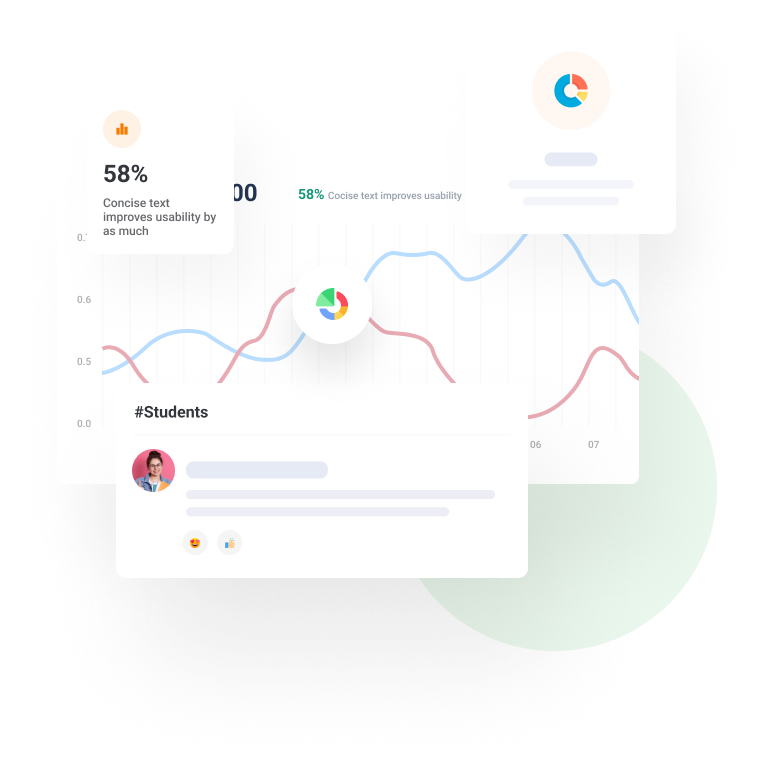Beyond Homework: Creative Ways to use zyBooks Challenge Activities in your Discrete Math Classroom
Teaching abstract concepts like propositional logic requires active student engagement, but creating varied practice opportunities can be time-consuming. While many instructors primarily use zyBooks challenge activities as homework assignments, these interactive exercises can be leveraged in multiple ways throughout the learning process. By using the same activities in different classroom contexts, you can enhance learning while saving valuable preparation time.
A progressive approach through logical equivalence
Let’s explore how the challenge activities in the Laws of Propositional Logic section can be used throughout a class session. These activities are designed with progressive levels that build upon each other, making them ideal for a scaffolded learning approach.
- Level 1 introduces students to the fundamental laws of propositional logic. Students select the appropriate law that demonstrates a given logical equivalence. This level works exceptionally well as an in-class polling activity at the beginning of a lesson to activate prior knowledge and assess baseline understanding.
2. In Level 2, students apply a specific law to transform an expression into its equivalent form. This focused practice helps students recognize how individual laws function as building blocks in more complex proofs. This level is ideal for guided practice after introducing new laws.
3. Level 3 presents complete proofs where students identify which laws were used at each step. This activity works well for paired learning, where students can collaborate to recognize patterns in proof construction. You can select pairs to explain their reasoning to the class, reinforcing understanding.
4. Moving to Level 4, students actively construct parts of a proof using specified laws. Project these problems for the class and encourage students to suggest solutions, or have small groups work on them and present their approaches. This level helps develop proof-writing skills with structured guidance.
5. For a comprehensive assessment, Level 5 challenges students with advanced proof construction, requiring them to complete missing elements on both sides of the proof. This level makes an excellent exit pass activity to gauge understanding at the end of a class or as an entrance activity for the next session to reinforce continuity.
Practical implementation in your classroom
Beyond the specific examples above, here are additional ways to leverage these challenge activities throughout your teaching:
Entrance Activities: Begin class by projecting a Level 1 challenge. As students enter, they can work on identifying the appropriate law, giving you immediate insight into their recall of previous material.
Paired Practice: After teaching a new concept, assign pairs of students to work through a Level 3 challenge together. The collaborative approach helps students articulate their reasoning and learn from each other.
Class Polling: Project a challenge and collect responses from the class. This creates an opportunity for discussion about common misconceptions when multiple students choose different answers.
Exit Passes: In the last few minutes of class, have students complete a Level 5 challenge. Their responses will help you assess understanding and inform planning for the next session.
Progressive Difficulty: During a single class period, move through multiple levels to gradually increase complexity. Start with Level 1 for warm-up, use Levels 2-3 for practice, and end with Level 4 or 5 for assessment.
The key advantage is that each time students revisit the same level, they receive different questions, providing fresh practice opportunities without additional preparation.
Time-saving benefits for instructors
The ability to use these challenge activities in multiple contexts creates significant efficiency gains:
- No manual creation needed: Rather than developing multiple problem sets, you can reuse the same activity types with automatically generated variations.
- Zero preparation time: Just “hit the button” to generate a new problem—no printing, copying, or distributing materials required.
- Instant answer access: The Instructor view provides immediate access to solutions, eliminating manual grading and allowing for quick feedback.
- Seamless transitions: The same activities can be used for in-class examples, group work, and homework, creating consistency in the learning experience.
- Reduced setup time: Project an activity on screen without creating separate slides or handouts, maximizing instructional time.
For discrete math courses in particular, you’ll find highly randomized challenge activities listed in the About this materials page of your zyBook, including the Laws of Propositional Logic section demonstrated here.
Discrete mathematics in action
Ready to incorporate these strategies into your teaching?
Explore more interactive content and teaching tools in the Discrete Math zyBook. By leveraging challenge activities beyond traditional homework assignments, you’ll create a more engaging learning environment while saving valuable preparation time.







